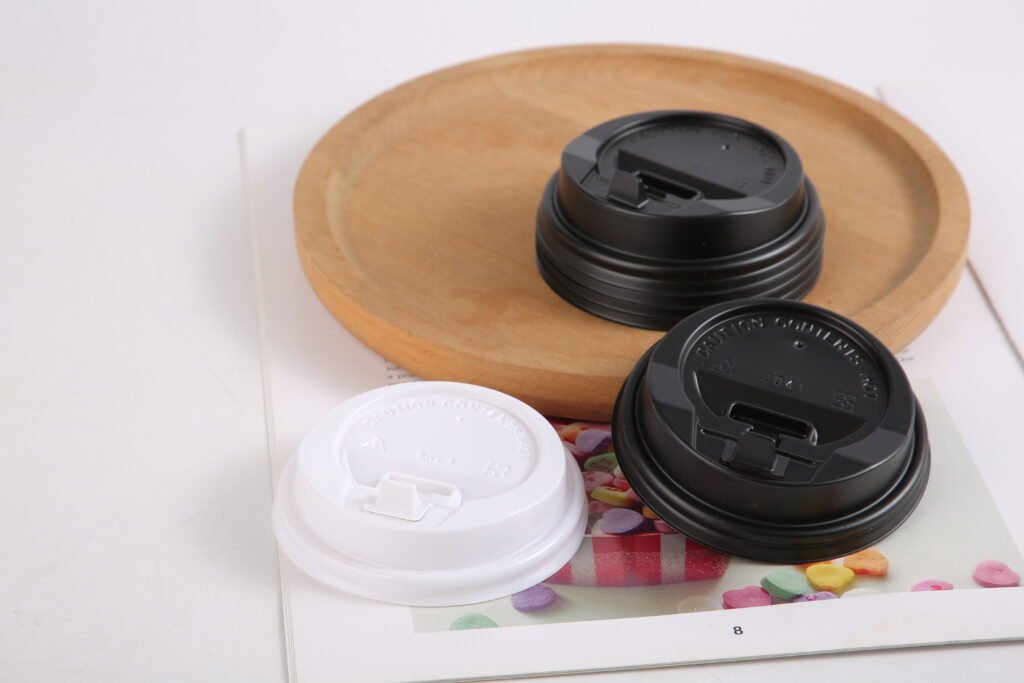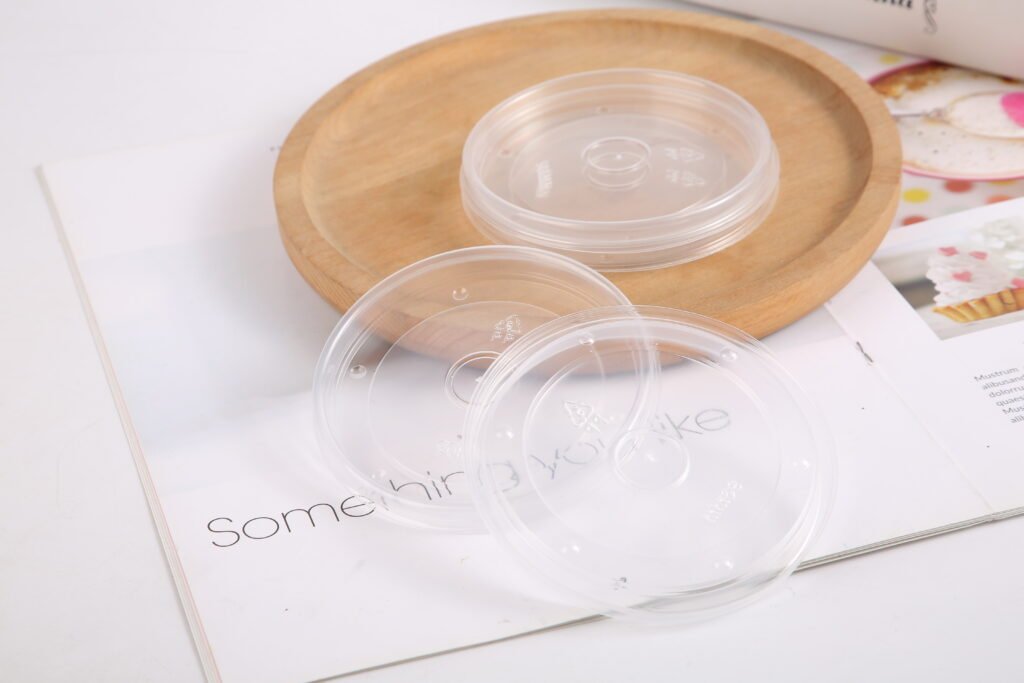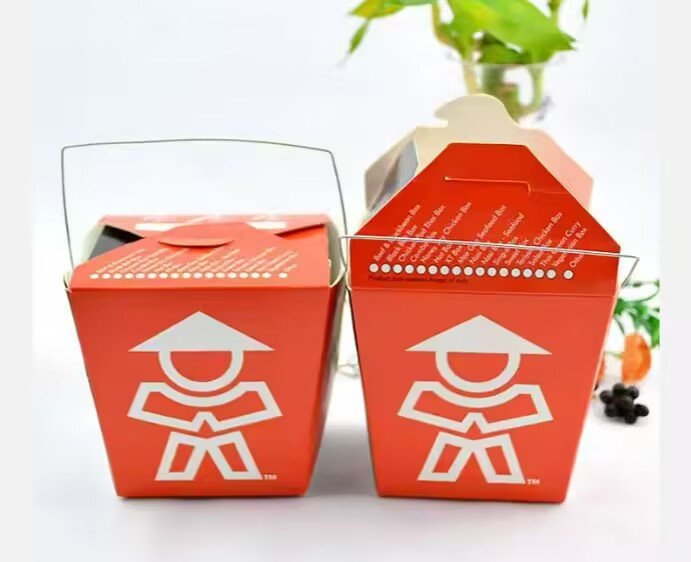PP, PS, or PE Lids: Which One Works Best for Your Paper Cups and Bowls?(27)
Ganyuan
2025 年 7 月 30 日
Ever opened a takeout bag to find your coffee has leaked all over your sandwich? Or picked up a paper bowl of soup only to have the lid pop off and splatter? It’s not just annoying—it makes your business look unprofessional. The culprit? Often, the lid.
Actually,Choosing the right lid for your paper cups, bowls, or sauce cups isn’t rocket science, but it does matter. Today, we’re breaking down the three most common options: PP, PS, and PE lids. By the end, you’ll know exactly which one to grab for your iced lattes, hot soups, or squeeze bottles of ketchup.
Let’s Start with the Basics: What Are PP, PS, and PE Lids?
These funny acronyms are just names for different plastic materials, each with its own superpowers. Let’s keep it simple.

PP Lids: The Tough Ones for Hot Stuff
PP stands for polypropylene, but you can just call them “the heat champions.” These lids can handle boiling liquids—we’re talking 120°C hot tea or coffee—and they won’t melt, warp, or get soft. They’re flexible but strong, so they snap onto cups tightly and stay put, even if your delivery driver hits a pothole.Ever tried a lid that feels like it’s “hugging” the cup? That’s PP. They’re great for preventing spills because they don’t crack under pressure.
Best for: Hot drinks (coffee, hot cocoa), soup bowls, or any paper container holding something warm. You’ll often see them tagged as “PP lids for hot coffee cups” for a reason—they’re built to take the heat.
PS Lids: The Clear, Budget-Friendly Choice
PS is short for polystyrene, and these lids are the “see-through stars.” They’re rigid and crystal clear, so customers can peek at their iced mocha or fruit salad without lifting the lid. They’re also cheaper than PP or PE, which is a win if you’re watching your budget.But here’s the catch: They hate heat. Pour 80°C coffee into a cup with a PS lid, and you might notice it starts to soften or even crack. Stick to cold stuff, and they’re perfect.
Best for: Cold drinks (soda, iced tea), sauce cups with ketchup or mayo, or any cold food. “PS lids for cold drink cups” are a staple in fast food joints for a reason—they’re cheap, clear, and get the job done.
PE Lids: The Stretchy, Leak-Proof Pros
PE stands for polyethylene, and these lids are the “flexible friends.” They’re soft and stretchy, which means they mold to the edges of cups or bowls like a glove. They’re not as heat-resistant as PP, but they handle cold and warm (up to 80°C) just fine.What makes them special? They’re almost leak-proof. Pour soup into a paper bowl with a PE lid, and even if it gets jostled, the lid won’t let a drop escape.
Best for: Soup bowls, liquid-heavy sauce cups (think salad dressing or broth), or takeout containers where a tight seal is non-negotiable. “PE lids for soup bowls” are a lifesaver for avoiding those “my soup leaked” complaints.

How to Pick the Right Lid for Your Business
It’s all about what you’re serving. Here’s a no-brainer guide:
- If you sell hot drinks or soup: Go with PP lids. They’ll handle the heat, keep spills away, and your customers won’t get burned by a melted lid.
- If cold drinks or budget is key: PS lids are your best bet. They’re clear, cheap, and work great for iced coffee or smoothies.
- If you need a tight seal (soup, liquid sauces): PE lids are non-negotiable. Their flexibility means no leaks, even if the container gets tossed around.
- If sustainability matters: PP and PE lids are easier to recycle than PS. Mentioning that in your marketing? Bonus points—customers love eco-friendly moves.
Wrapping Up: No “Best” Lid—Just the Right One
There’s no single “perfect” lid, but there is a perfect lid for your business. PP for heat, PS for cold and cost, PE for leaks—each has a job to do.At our paper products factory, we’ve seen it all: cafes that switched to PP lids and cut spill complaints by 70%, food trucks that swapped to PE lids and stopped getting “soup leaked” reviews. We make sure our lids fit our cups, bowls, and sauce cups like a glove—no more “this lid is too big” or “that one won’t stay on.”
Got a lid problem? Tell us in the comments—are you struggling with heat, leaks, or cost? We’ll help you figure it out. And if you want to test a few options? Drop us a message with what you’re serving, and we’ll send over samples. Your customers (and your cleanup crew) will thank you.
Recent News




